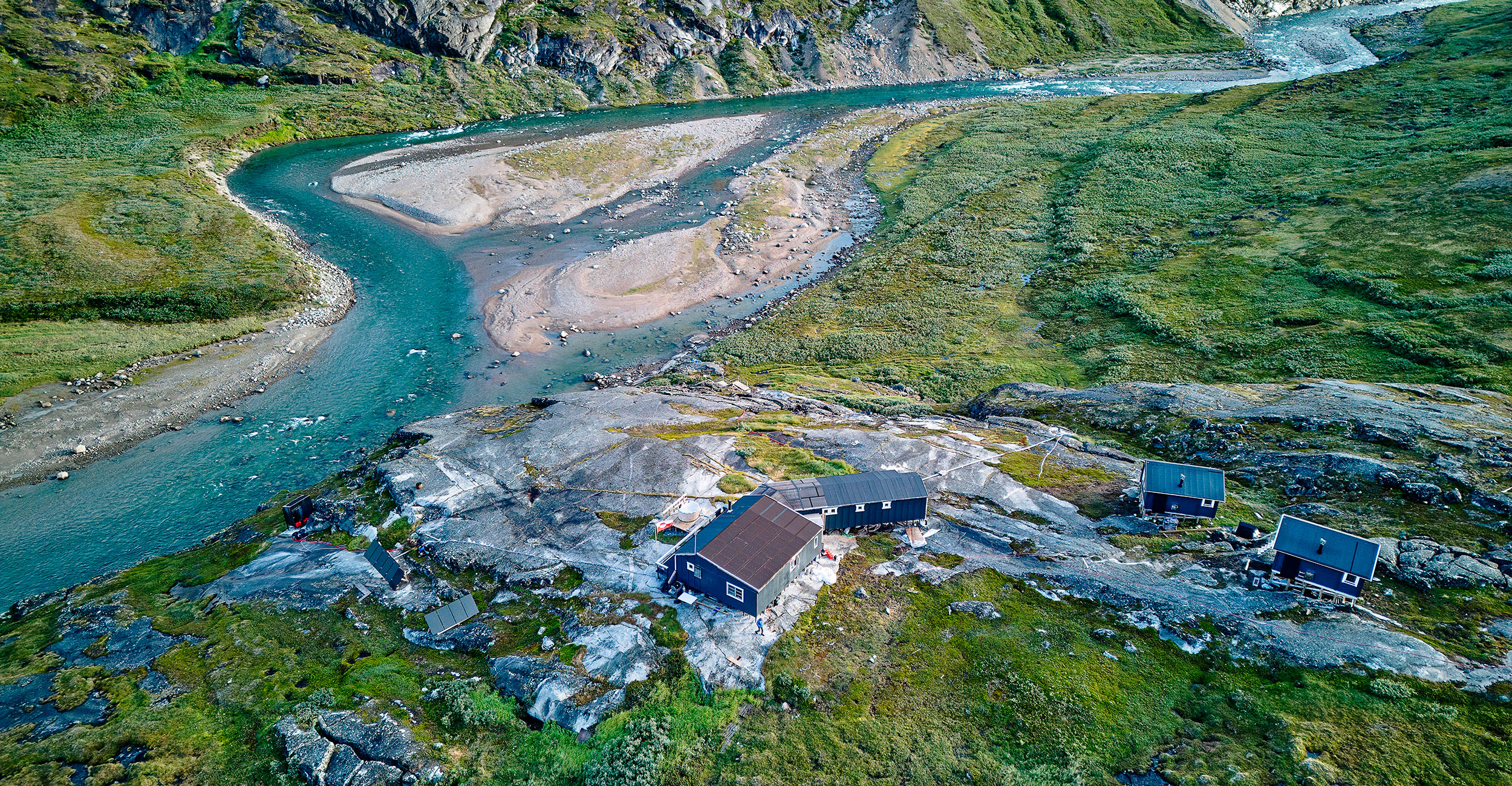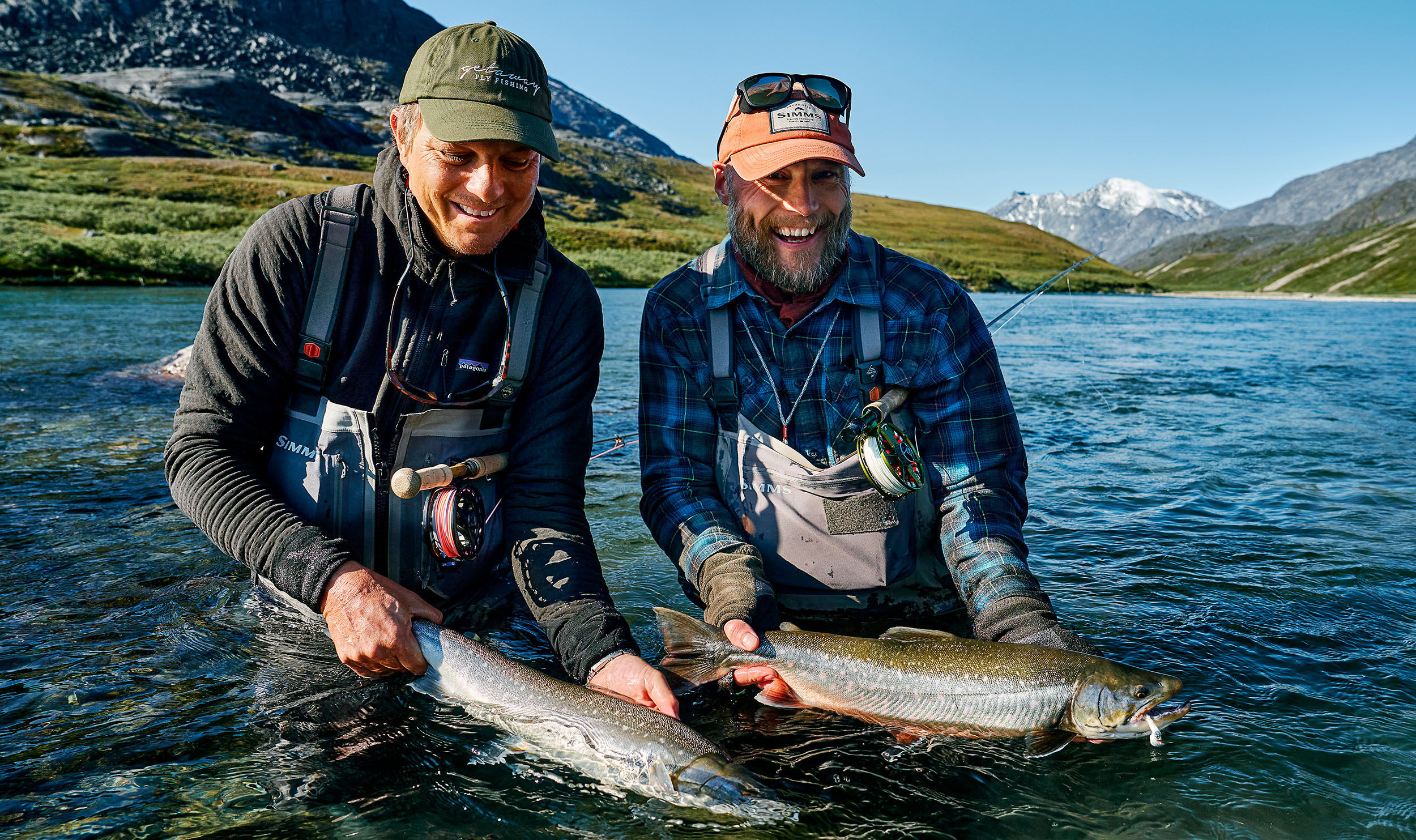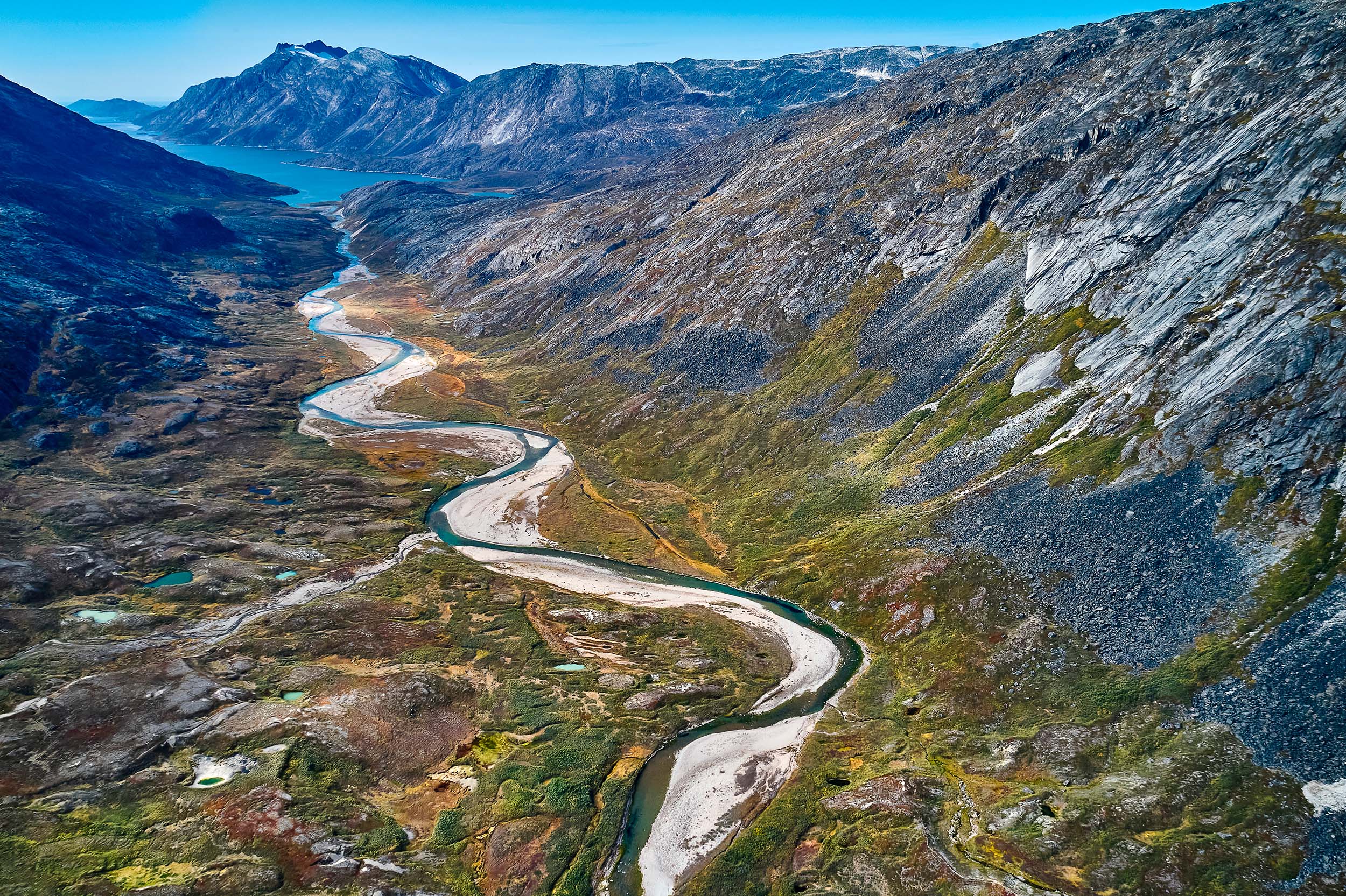UNPARALLELED BEAUTY
Nestled in a secluded valley along Greenland’s west coast, the Kangia River holds a revered status among fly anglers as one of Greenland’s premier spots for catching sizable sea-run Arctic Char. Situated on a plateau at the delta of this majestic river, the Kangia River Lodge offers breathtaking vistas that overlook the home pool and a sheltered bay where the river converges with the Atlantic Ocean. While the lodge is modest, it boasts all the essentials for a comfortable week-long stay focused on fishing.

















 Sign up for our newsletter!
Sign up for our newsletter!